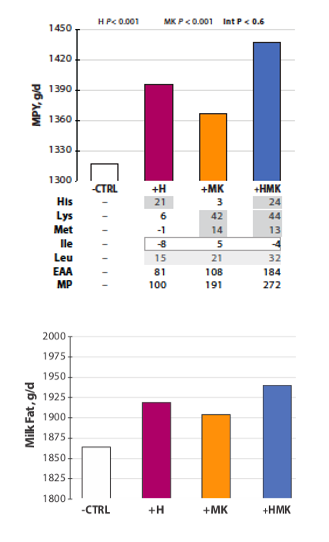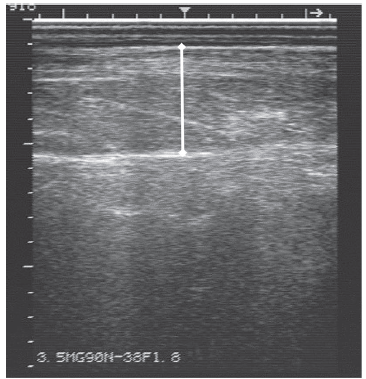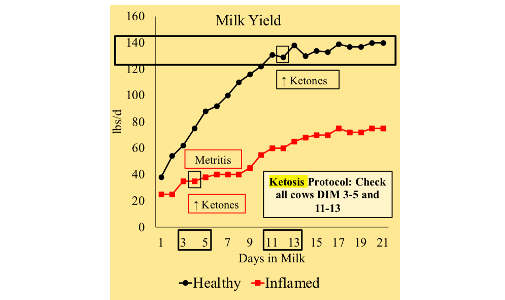transition

Reactivity of Minerals For Dairy Cattle Estimated Through The “White Vinegar Test”
A variety of calcium and magnesium supplements for dairy cattle exist on the market today; however, the efficacy of these supplements depends on their bioavailability, which is in part impacted by the reactivity and alkalizing properties of these supplements. In the experiments described here, we estimated the relative reactivity of commercially available supplements using the white vinegar test (WVT) proposed by Goff (2014).

Beyond the Barrel: Fully Balanced AA for Milk Protein & Fat
“We are well beyond the leaky barrel metaphor that typically illustrates methionine as the first limiting amino acid in dairy diets,” says the University of Wisconsin’s Dr. Sebastian Arriola Apelo. He highlights recent studies confirming that in addition to methionine (M in charts) and lysine (K), balancing for histidine (H) provides independent, additive increases in milk protein with comparable effects on milk fat. In low-starch diets, fully balanced amino acid (AA) supplementation also can help reduce nitrogen excretion.

Resolving Post-Calving Inflammation ASAP
For most heifers and cows, the natural and necessary inflammation associated with calving resolves within the first few days of lactation. But for a minority, transition inflammation may persist and quickly become costly — lost milk production, increased disease, lower fertility. Michigan State’s Dr. Barry Bradford answers: What can you do at the herd level — nutritionally and cost-effectively — to support speedy resolution of post-calving inflammation?

Protein for Transition
Protein for Transition
In high-producing dairy cows, a top priority is accurately meeting — but not exceeding — energy needs. However, toward the end of gestation, cows also mobilize amino acids (AA) from available protein sources, including skeletal muscle. Purdue University’s Dr. Jackie Boerman suggests AA dietary support for muscle in dry cows and during early lactation may be economical insurance for a strong transition.

Rethink Transition Ketosis
Why? Because changes in circulating NEFA, ketones, and calcium actually support high milk yield in healthy, high-producing cows. “Don’t mess with high production,” says Dr. Lance Baumgard of Iowa State University.

